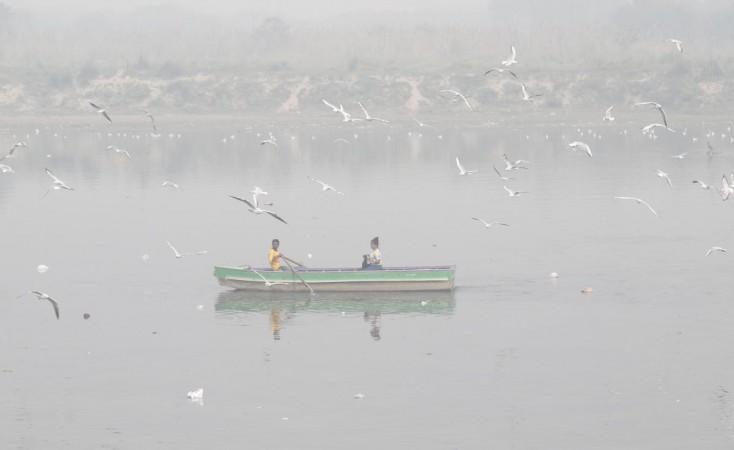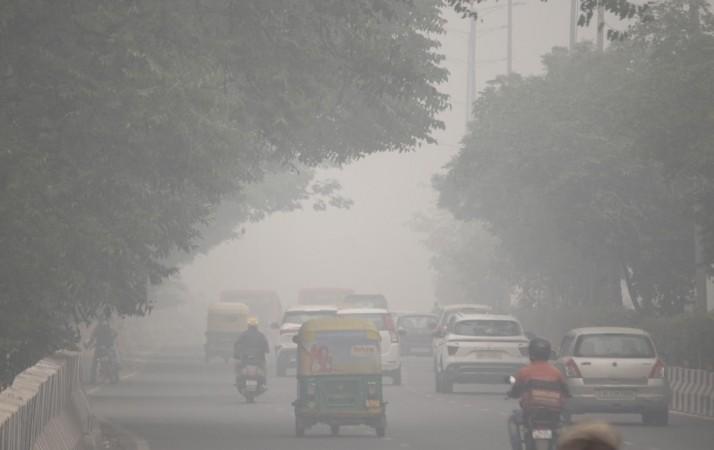
The festive season of Diwali has left a severe impact on Delhi's air quality, with the Air Quality Index (AQI) reading surpassing 400 in multiple parts of the national capital. This alarming figure places the city's air quality in the 'severe' category, a significant deterioration from the previous 'very poor' status. The Central Pollution Control Board (CPCB) reported that areas including Anand Vihar, Ashok Vihar, Rohini, and Vivek Vihar registered AQI levels above 400. Other regions like Dwarka, Patparganj, Jahangirpuri, and Punjabi Bagh also recorded 'severe' AQI levels.
The city's average 24-hour AQI at 7 a.m. on Monday was 373, a notable decline from Sunday. The Air Quality Early Warning System (EWS) has cautioned that unfavorable meteorological conditions, such as calm winds and low temperatures, are expected to hinder pollutant dispersion. The India Meteorological Department (IMD) has forecast smog and mist during the early hours from Monday to Wednesday, with wind speeds predicted to stay under 10 kmph, further exacerbating pollution levels.
Despite a decrease in stubble burning's contribution to 15 per cent on November 2 (down from 35 per cent on November 1), Delhi's AQI registered the season's highest on Sunday at 382, escalating from 316 on Saturday. This indicates that while efforts to reduce stubble burning are having an impact, other factors are contributing to the city's worsening air quality.

The situation in the NCR region also remained concerning, with Noida at 305, Ghaziabad at 295, and Gurugram at 276. High AQI levels were also recorded in nearby states, including Sriganganagar (397), Hisar (372), and Bharatpur (320). In response to this alarming situation, the Commission for Air Quality Management (CAQM) has rolled out multiple measures, including the Graded Response Action Plan (GRAP).
This plan includes imposing penalties on polluting construction sites, vehicles, and industries. Road dust control efforts include the daily deployment of around 600 mechanical road-sweeping machines, water sprinklers, and anti-smog guns across the National Capital Region (NCR). The Delhi government had previously imposed a ban on the production, storage, sale, and use of firecrackers across the city, effective until January 1, 2025. Despite this, many people defied the ban and burst firecrackers, contributing to the city's deteriorating air quality.
The national capital has been experiencing worsening air quality for the past few weeks. This is not a new phenomenon, as Delhi has a history of grappling with severe air pollution, especially during the winter months. The city's air quality often dips to dangerous levels due to a combination of factors such as stubble burning in neighboring states, vehicular pollution, and unfavorable weather conditions.

















